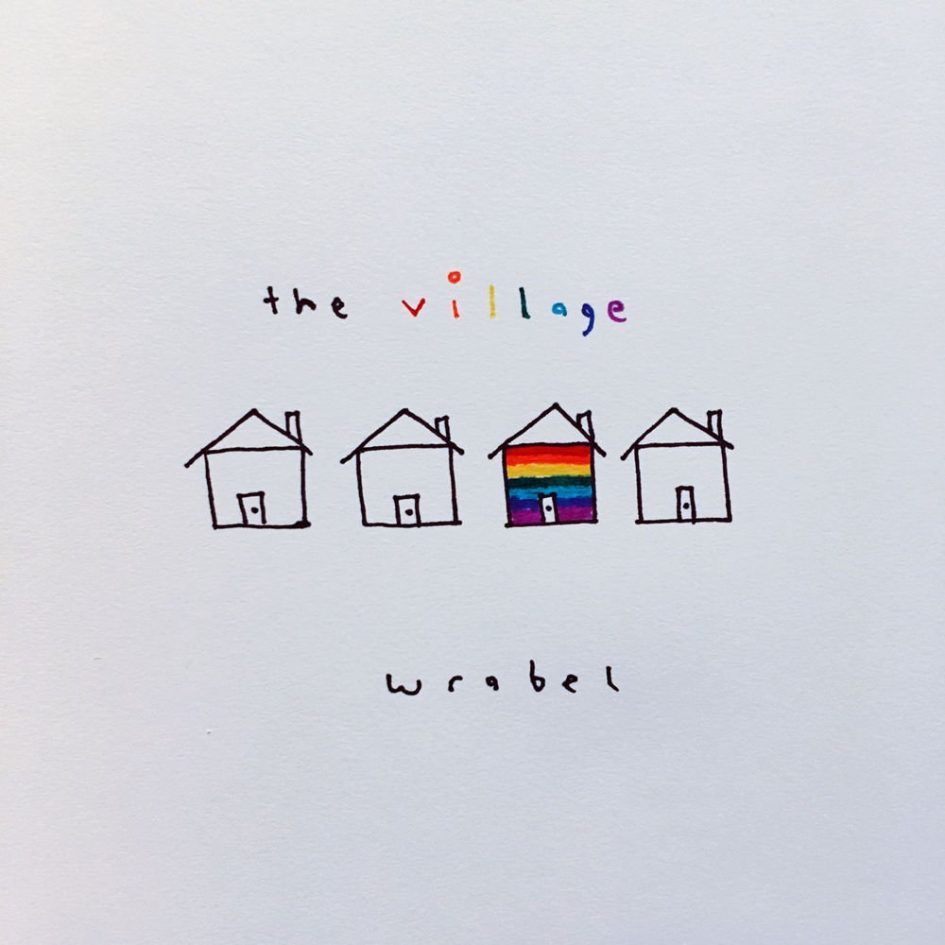Pinning down the genre for “The Village” is a slightly difficult task; it’s categorized as a Pop piece, but one typical understanding of Pop music (posited by EnglishClub.com) is that it’s more upbeat in an attempt to appeal to a commercial audience. Says Official.fm, “Pop music is not focused on any specific audience. It is meant to appeal to just about everyone that would listen and is therefore very commercial. It is used to reflect emerging trends and not specific ideologies.” This angle is challenged quite a bit by Wrabel’s song, as he is targeting a specific audience and taking a stance on a certain ideology. However, according to Medium.com, “Pop is easily identified by its repetitive verses and instrumentals. Our brains really like patterns and pop music follows simple patterns that are easy for us to quickly pick up.” This repetition is certainly present in “The Village;” the verses do a lot of the storytelling, but all of the choruses only really consist of two lines being sung more or less the same each time.
Most specifically, “The Village” could be considered a Pop Ballad. An article posted by Disc Makers argues that “often, a ballad is a song with a lyric about love – or lost love. Usually slower in tempo (there are also mid-tempo ballads), most ballads are based on a fairly predictable song form with lyrics written from either the first or third person, often sung directly to the person who evoked the sentiment of the song or telling a personal story with some kind of emotional punch.” Again, Wrabel’s song both adheres to and challenges these parameters. It’s obviously written in a slower tempo and is more or less about love (in a sort of roundabout way that it discusses the injustice in the fact that some people are persecuted for who they love); “The Village” also follows typical song form in its Verse-Chorus-Verse-Chorus-Instrumental Bridge-Chorus structure. On the other hand, a majority of the lyrics are written in the second person, and there is a somewhat surprising lack of first person language for a song that the artist has claimed touches on an issue that is so personal.
Because Pop music is so expansive as a genre, the instrumentation options are fairly boundless to begin with, but this article from Our Pastimes does cite that “ballads are songs filled with sentiment. They are generally slow in tempo and build toward a loud and emotive sing-along crescendo. Ballad choruses are often backed by drums, piano, electric guitar riffs and choir voices.” This is certainly true of “The Village,” which is heavily reliant on emphatic, earnest piano and the occasional inclusion of walls of harmony in the choruses that drive the song’s point further lyrically.

Leave a Reply